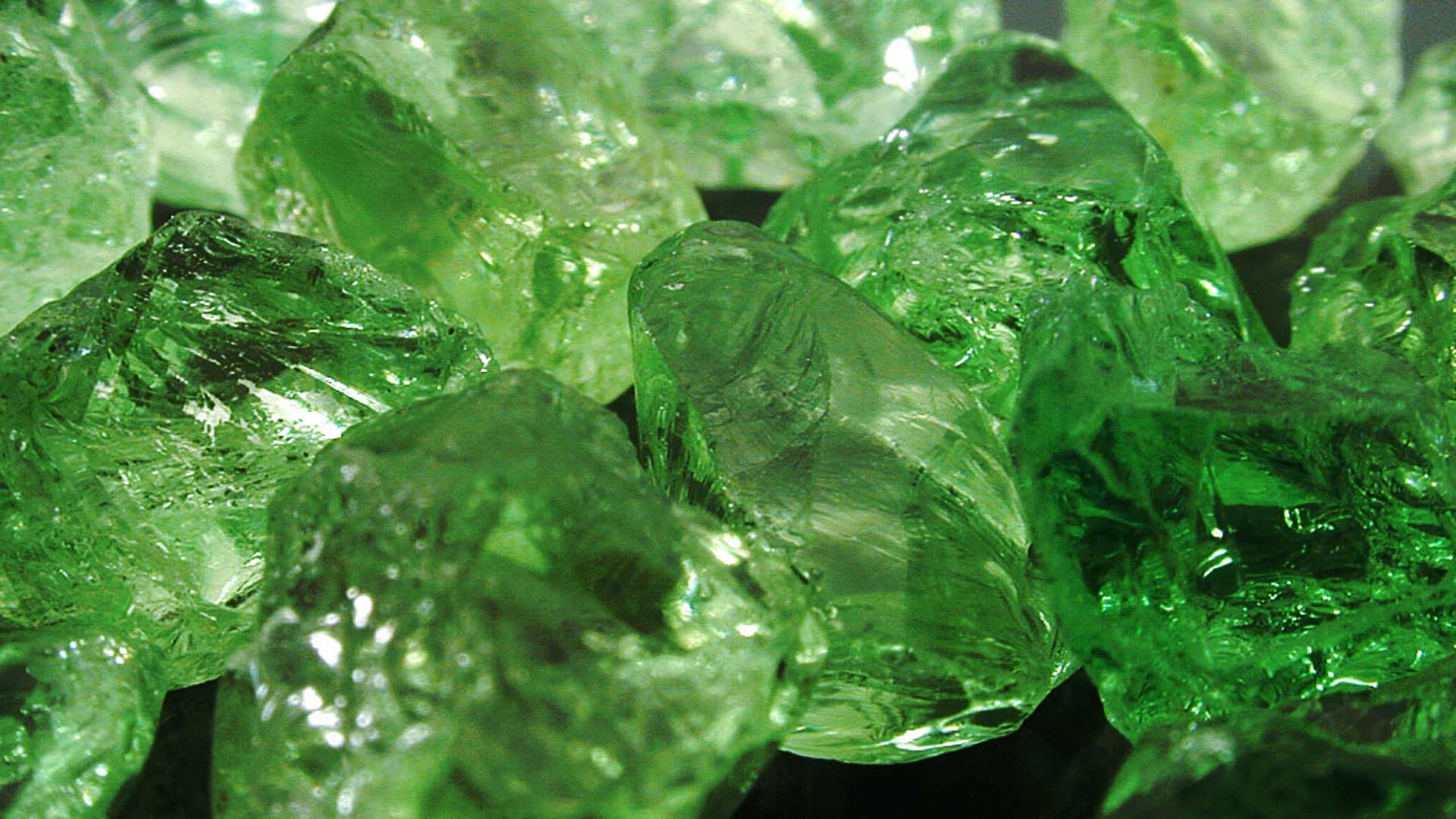Judging Tourmaline Color
This is a wide topic as Tourmaline comes in such an enormous variety of colors, that discussing each color type individually is beyond the scope of this article. However, it is unnecessary, as color quality derives from a universal set of rules. We will be using the GIA (Gemological Institute of America’s) approach to color here. The GIA approaches color using 3 components – Hue, Tone, and Saturation.
When you are judging color in Tourmaline you should there look at these 3 components. Let’s look at Hue first.
Understanding Hue in Tourmaline
Hue is the component that has the least impact on quality, as it mainly describes the color “sensation” that the human eye perceives. Color purely exists as an interpretation of the light spectrum by the human eye as it passes through a gemstone.
Tourmaline exists in a dizzying array of hues.
Blue Tourmalines are called Indicolite, Greens are called Verdelite, reds, and pinks are known as Rubellite.
Tone in Tourmaline
Tone describes the lightness to darkness of a color sensation in a gemstone. It is a vital component in judging color quality in tourmaline as with all gemstones. It basically refers to how dark or light a gem appears to the eye. The image below shows a green Tourmaline can have a light, medium, or dark tone.
Whatever the color of the Tourmaline, you want to look for a nice medium tone, not too dark, not too light.
This image shows how tone levels range from too light on the left through to too dark on the right.
Color Saturation in Tourmaline
This is the most important of the 3 components when judging the quality of color in Tourmaline. It refers to how deep/vivid the color is.
“THE T-SHIRT ANALOGY”: To use an analogy – if you imagine a brand new red T-shirt purchased from the store. It is intense red when you first purchase it. After a number of washes, the color desaturates out of it until it becomes a pale version of its former self. It was highly saturated when new and desaturated after many washes.
Image showing the “T-Shirt” Analogy of Saturation.
The more saturated the color intensity the finer the Tourmaline.
Hence, when judging a Tourmaline for color quality – the more intense/vivid the color saturation, the more valuable the stone.
Lighting Factors & Dichroism
The light source you view a gem under can affect the color you see so it is always a good idea to check Tourmalines under several light sources before buying. Reds and pinks look better under an incandescent light source whilst the cooler colors like greens and blues look better under daylight or white light.
No study of color in tourmaline would be complete without a look at dichroism. Tourmaline is a strongly dichroic gemstone and as such, the optic axis and the perpendicular axis can show different colors.
Tourmaline displaying dichroism
This effect can create stunning colors face-up, especially under different light sources as this stunning Tourmaline demonstrates –blue and green clearly visible. Another reason to always check your Tourmaline for a “mood change” under different lights.
Understanding Clarity Factors in Tourmaline
As gemstones form in nature, very often imperfections can occur within them. These can take many forms including cracks due to high pressure, crystals of the same species (or others) growing within them, needles, and liquid-filled healed fractures, called “Fingerprints”. These imperfections impact a Tourmaline’s clarity grade and you need to be aware of what to look for when judging clarity.
Types of inclusions you might see in Tourmaline:
“OK, but how do I judge their impact on quality?”
This entirely depends on what color of Tourmaline you are looking at. The GIA groups gemstones into Types depending on their propensity to contain inclusions. Type 1 gems are those that rarely contain inclusions in nature, Type 2 are those that usually contain inclusions and Type 3 are those that are almost always included.
Rubellite and Pink Tourmaline are Type 3 gems and can almost always be expected to display eye-visible inclusions, whilst all other colors are Type 2.

